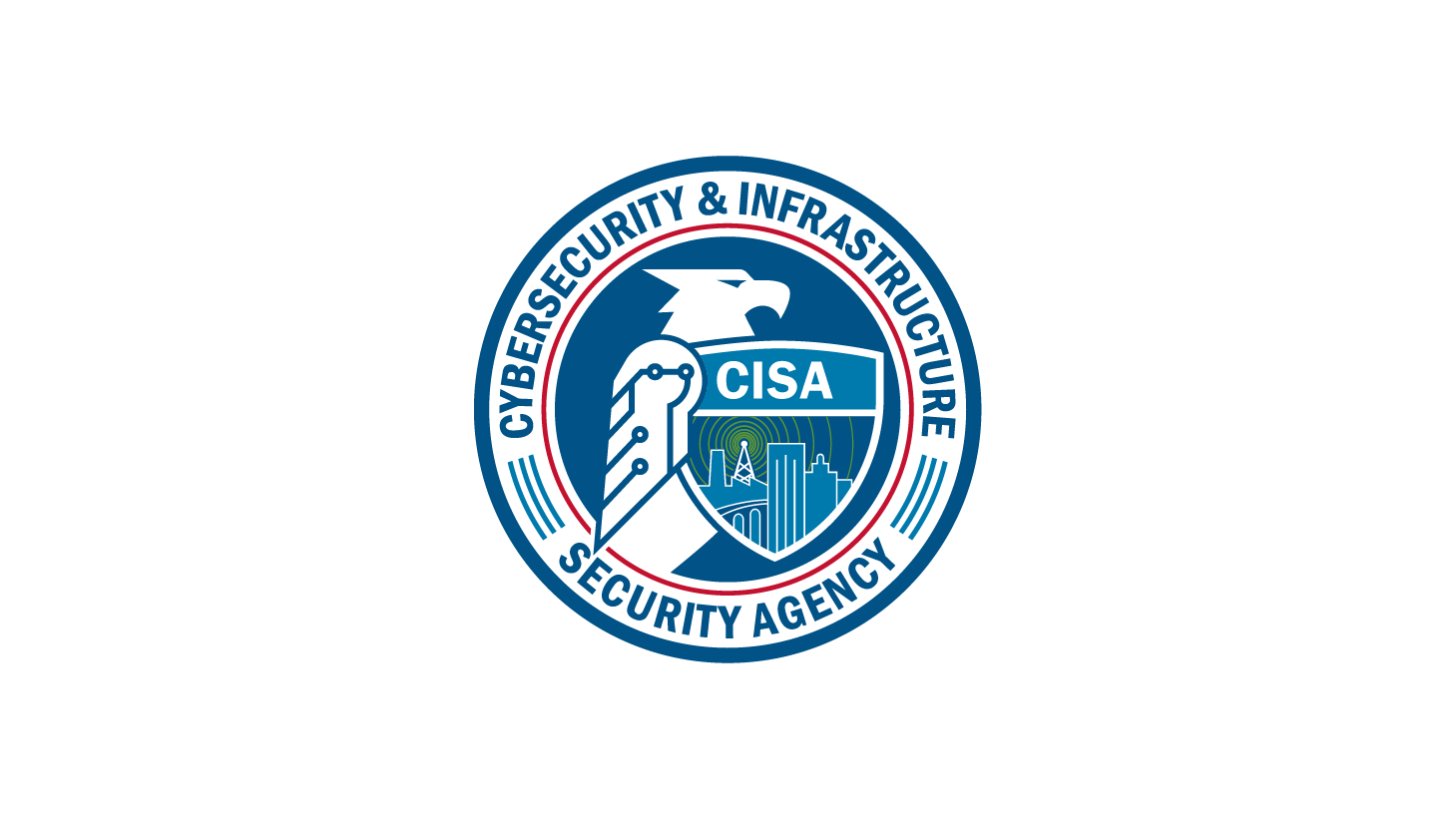Resilience Solutions Strategy Worksheets

Resilience Solutions Strategy Worksheets
These sample worksheets can be used by communities to fill out elements for each identified resilience solution throughout the identification and implementation stages.
Identification Worksheet
Instructions:
Use this worksheet as a guide to record potential infrastructure resilience strategies (1 per project) identified during planning.
| Strategy Title | Give a unique, identifiable name to this resilience strategy so that it can be used in should this be implemented. | |
|---|---|---|
| Issue Addressed | What infrastructure systems would be affected by this resilience strategy? What threat would this address? | |
| Approach | Outline how this resilience strategy would be implemented including all steps, logistics, and stakeholders involved. | |
| Benefits | What would be the outcomes of this potential resilience strategy? What benefits do these outcomes serve? To whom? | |
| Cost Estimate | What is the estimated cost of this resilience strategy? If possible, itemize it by major milestones. | |
| Challenges | List potential challenges with this resilience strategy, including any relevant stakeholders. | |
| Potential Funding | List potential funding opportunities and their relative amounts. Are there any grants available for this work? Is there internal funding? Is funding available from stakeholders? | |
| Timeline | Outline the projected timeline of all major milestones and corresponding steps. | |
| Other Alternatives | Are there any other potential resilience strategies to address this issue? List them here and fill out a corresponding worksheet for those as well. |
Implementation Worksheet
Instructions:
Use this worksheet as a guide to record potential mitigation projects (1 per project) identified during the planning process. Provide as much detail as possible and use additional pages as necessary.
| Mitigation Project Title | Give a unique, identifiable name to this mitigation project so that it can be used in should this be implemented. | |
|---|---|---|
| Priority | What is the priority of this mitigation project (High, Medium, Low)? | |
| Responsible Office | List the office that will be responsible for this mitigation project should it be implemented. | |
| Issue/Background |
What issue does this mitigation project seek to address? Is there any relevant background? Be as detailed as possible. List all relevant stakeholders and provide references for past events. |
|
| Approach | Outline how this mitigation project would be implemented including all steps, logistics, and stakeholders involved. | |
| Benefits |
What losses would be avoided through the implementation of this mitigation project? Where possible, provide numerical data. |
|
| Cost Estimate | What is the estimated cost of this mitigation project? If possible, itemize by major milestones. | |
| Potential Funding | List potential funding opportunities and their relative amounts. Are there any grants available for this work? Is there internal funding? Is funding available from stakeholders? | |
| Schedule | Outline the projected timeline of all major milestones and corresponding steps. | |
| Existing Planning Mechanism(s) through which Action Will Be Implemented |
Are there any existing planning mechanisms to address this issue? List them here, along with any information how this proposed mitigation project supplements those existing mechanisms. |
Example
| Mitigation Project Title | Action #12: Elevate Remaining 95 Homes in the Dry Creek Watershed |
|---|---|
| Priority | Medium |
| Responsible Office | XXX County Flood Control and Water Conservation District, in conjunction with its member agencies |
| Issue/Background | Historically, flooding in the Dry Creek watershed has been a major concern. The February 1986 flood caused widespread damage in most of the Dry Creek watershed. Nearly all bridges and culverts were overtopped, with 30 sustaining embankment damages and one crossing washing out; two bridges over Dry Creek were damaged, street cave-ins occurred at a number of locations, and over 125 homes flooded. Of the 145 homes subject to historical flooding within the Watershed, 95 structures remain non-elevated. Of these 95 remaining homes, 25-30 declined initial grant money for elevation as did the three repetitive loss structures. XXX County is not only concerned with existing flooding problems, but with future problems resulting from increased growth and development in the area. According to the 1992 Dry Creek Watershed, Flood Control Plan, substantial flood damages will occur with the 100-year flood under existing conditions. Areas with the most extensive and frequent damages include areas in the location of the 95 homes. The report indicates that some of these areas are susceptible to flooding from storms as frequent as the 10-year storm. Elevating the remaining 95 homes will reduce future flood-related losses. |
| Benefits | Life Safety; Reduction in Property Loss. |
| Cost Estimate | The cost to elevate is estimated at $40 per square foot. Homes need to be elevated anywhere from one to six feet. Of the 95 homes where elevating is feasible, it is estimated to cost $6 million or $50 to $60 K per home. |
| Potential Funding | HMGP, PDM, Dry Creek Trust Fund |
| Schedule | Within three years |




